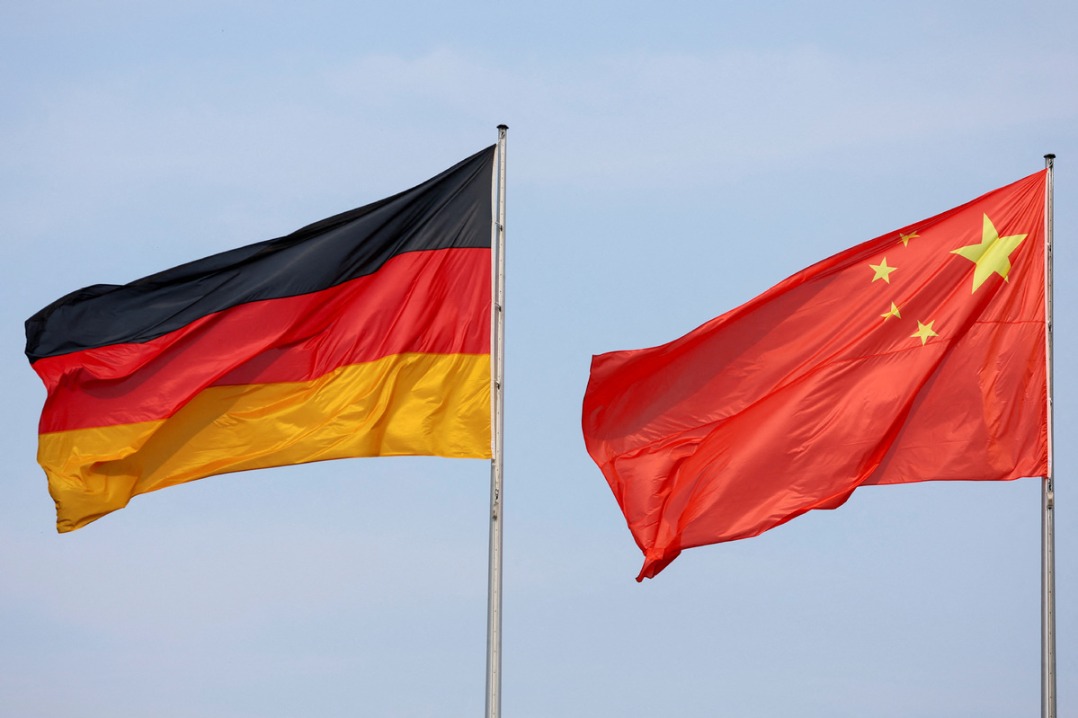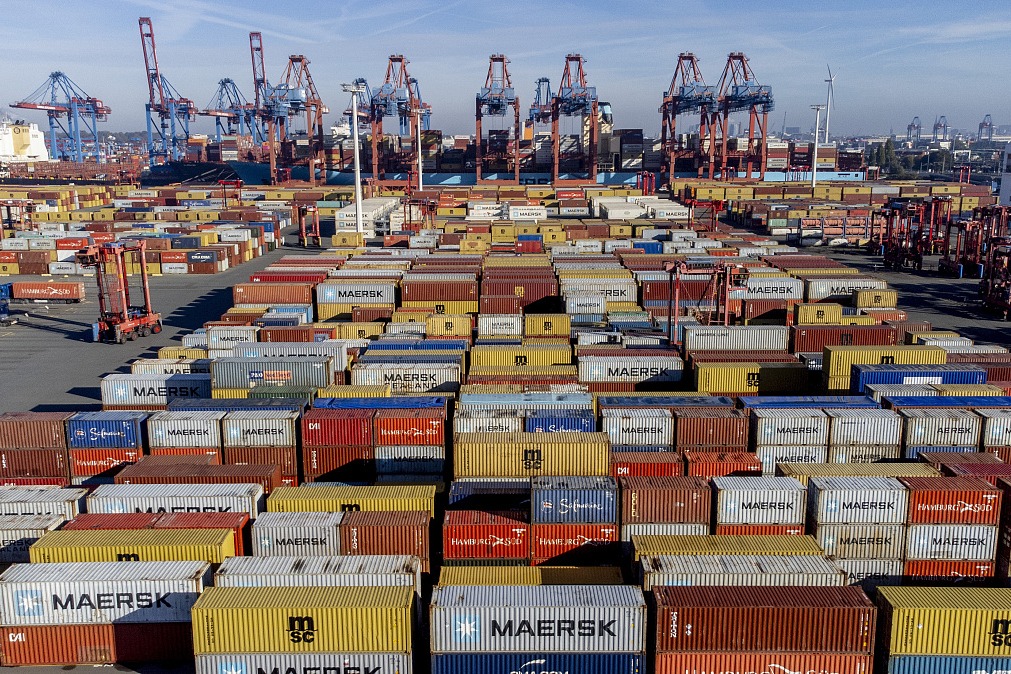Development boosts Xinjiang's business edge

TIMELINE
September 2012: The second China-Eurasia Expo is held in Urumqi, capital of the Xinjiang Uygur autonomous region. It is a platform to further expand areas of cooperation across Eurasia. In a congratulatory letter to the opening of the seventh expo this year, President Xi Jinping says Xinjiang has fully leveraged its geographical strengths and proactively developed itself into a core area of the Silk Road Economic Belt.
2014: A series of anti-terrorism and deradicalization measures are introduced to achieve long-term peace in the Xinjiang Uygur autonomous region. On Dec 26, the Lanzhou-Xinjiang High-speed Railway begins operations. As the first long-distance high-speed line in China's western regions, it connects Lanzhou, capital of Gansu province, with Urumqi.
2016: At the end of the year, the authorities announce that there have been no terrorist cases or incidents in the region since the anti-terrorism and deradicalization measures came into force in 2014.
2020: By the end of the year, more than 2.7 million rural people in Xinjiang living below the poverty line are lifted out of poverty, and 3,666 villages and 32 counties are no longer officially classified as "poor".
2021: Regional GDP reaches 1.6 trillion yuan ($222 billion), double the figure in 2012. Despite the ongoing COVID-19 epidemic, Xinjiang receives 191 million tourist visits, a year-on-year rise of 20.5 percent.
2022: By the end of the year, the region is set to be home to 25 airports — rising from the 17 registered in 2010 — the largest number of such facilities among China's provincial-level areas.
MOST POPULAR
- 1 Things to know about China Intl Consumer Products Expo 2024
- 2 China tops FDI confidence index of emerging markets
- 3 China specifies steps to improve payment services in tourist attractions
- 4 Low-altitude economy set to take off
- 5 China's immigration service platform receives over 10m calls from home, abroad
Editors' Picks
 Infographic:
A look at China's economy in Q1 of 2024
Infographic:
A look at China's economy in Q1 of 2024
 Infographic:
China to remove foreign ownership restrictions in value-added telecom services in pilot areas
Infographic:
China to remove foreign ownership restrictions in value-added telecom services in pilot areas
 Infographic:
2023 Sino-German investment and trade in numbers
Infographic:
2023 Sino-German investment and trade in numbers
 Infographic:
China-Germany relations in graphic
Infographic:
China-Germany relations in graphic



